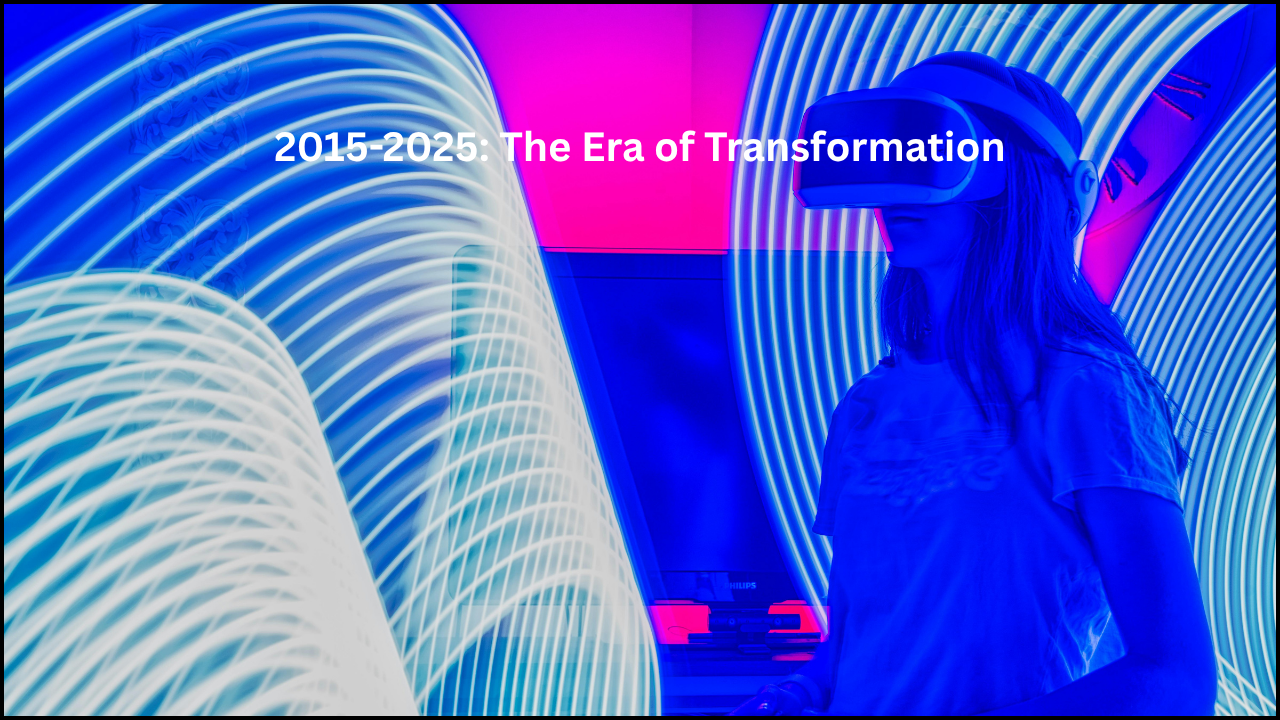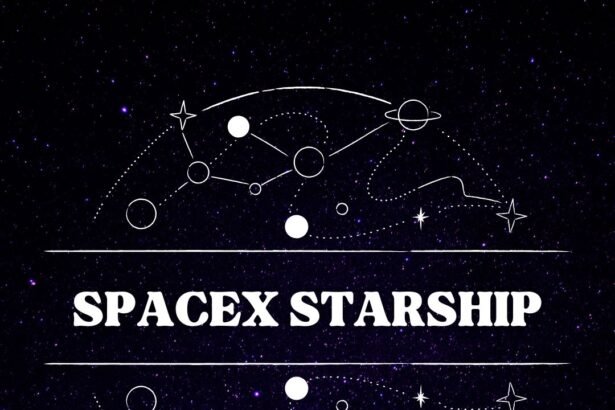1. Introduction
Cloud-native development is transforming how software is built and delivered. By leveraging containerized microservices, dynamic orchestration, and automation, developers can deliver resilient, scalable, and agile applications. In 2025, the global demand for rapid, reliable, and secure systems has made embracing cloud-native architecture not optional—but essential.
Companies worldwide—from Silicon Valley startups to global banks—are migrating critical systems to Kubernetes clusters and container platforms. As remote work, ecommerce, and real-time analytics grow, so does the need for elasticity and self-healing infrastructure. This 2025 roadmap for cloud-native architecture guides teams through each transformative phase—starting with containers, advancing through CI/CD and service mesh, and culminating in production-grade deployments.
We’ll explore key tools like Docker and Kubernetes, reference documentation from CNCF Docs, and guide you on how to deploy cloud apps using AWS, GCP, or Azure. By the end, mid-level developers, technical leads, and CTOs will understand exactly how to build cloud-native apps and modernize their delivery pipelines.
2. What Is Cloud-Native and Why It Matters
What is cloud-native?
Cloud-native software is built and optimized to run in distributed, dynamic environments using modular components, containers, and declarative infrastructure. Such applications are scalable, resilient, automated, and efficient, allowing teams to respond rapidly to customer and market needs.
Key characteristics:
- Scalability: Horizontal scaling under load supports global user bases.
- Resilience: Failures are isolated through microservices and self-healing.
- Elasticity: Resources automatically adjust to demand.
- Automation: Deployment, testing, and recovery are code-driven.
➡️ Answering How to build cloud-native apps?: You begin with containers for isolation, orchestrate microservices, implement DevOps pipelines, add observability, and enforce security through policy-as-code. This five-phase model is at the heart of modern software delivery.
3. 2025 Roadmap for Cloud-Native Architecture
a. Adopting Containers
- Docker continues to lead the container movement.
- Build lightweight images using official Linux/Docker images.
- Tag releases with semantic versioning.
- Best practices:
- Multi-stage builds to minimize image size.
- Optimize image layers and cache dependencies.
- Use scanning tools like Trivy and Aqua Security.
These containers are the fundamental units you’ll orchestrate on Kubernetes.
b. Orchestrating with Kubernetes
Kubernetes is the de facto engine for cloud-native orchestration.
- Scaling: Auto-scale via Horizontal Pod Autoscaler (HPA).
- Service discovery: Use services and Ingress.
- Deployment patterns:
- Helm charts for templated deployments.
- Operators to formalize app logic (e.g., cert-manager).
- Service meshes such as Istio for traffic control and security.
Kubernetes abstracts away cloud provider specifics and delivers resilient deployment platforms.
c. CI/CD Integration
Moving fast requires automated pipelines:
- Culture shift: Embrace DevOps as a mindset.
- Tools:
- Jenkins for self-hosted CI/CD.
- GitHub Actions for integrated workflows.
- Argo CD for GitOps–driven deployment.
- Process: Build → Test → Deploy → Monitor → Rollback.
A robust pipeline ensures you deploy cloud apps reliably and frequently.
d. Service Mesh and Observability
Deep visibility and control are critical:
- Monitoring stack:
- Prometheus for time-series metrics.
- Grafana for dashboards.
- Jaeger or OpenTelemetry for tracing.
- Service mesh:
- Enforce mTLS, retries, circuit-breaking with Istio or Linkerd.
- Follow best practices by consulting CNCF Docs for detailed mesh integration, observability patterns, and reliability guidance.
e. Security and Governance
Secure from the ground up:
- Policy-as-code: Enforce rules using OPA/Gatekeeper.
- Image hardening: Use Trivy/Aqua to scan containers.
- Runtime security: Implement network policies and RBAC.
- Utilize container sec patterns described in CNCF Docs.
4. Deploy Cloud Apps: Strategy and Tools
To deploy cloud apps at scale:
- Choose provider(s):
- AWS: EKS, Fargate
- GCP: GKE
- Azure: AKS
- Decide on architecture:
- Single-cloud for simplicity.
- Multi-cloud/hybrid for redundancy and compliance.
- Utilize managed services like AWS RDS and Terraform.
- Add cost control with auto-scaling and spot/preemptible VMs.
- Implement CI/CD integration with infrastructure via GitOps—achieve controlled rollouts, versioned deploys, and audit logs.
This approach blends speed, robustness, and security for enterprise-grade deployments.
5. Navigating CNCF Docs and Resources
The Cloud Native Computing Foundation (CNCF) offers certified tools and best-practice guides. Developers should reference CNCF Docs for:
- Kubernetes certification paths (CKA, CKS).
- Official tutorials for Helm, Prometheus, Envoy proxy, etc.
- Detailed cloud-native architecture blueprints.
Certified Kubernetes vendors and CNCF landscape tools help you select compliant providers and connectors.
6. Spotlight on Docker and Kubernetes
Docker
- Simplifies container builds and local testing.
- Works seamlessly with Docker Compose and Docker Desktop.
- Enhances dev productivity through image layers and volume mounting.
Kubernetes
- Automates deployment, scaling, and healing.
- Integrates with CI/CD via Argo CD, etc.
- Supports custom CRDs and Operators—key to managing stateful or complex apps.
This dynamic duo forms the backbone of resilient 2025 cloud-native application delivery.
7. Global Impact and Future of Cloud-Native
Cloud-native architecture offers global agility:
- Remote-ready: Deploy, debug, and revert from anywhere.
- Scalable computing: Scale to millions in emerging markets.
- Emerging trends:
- Serverless/Kubernetes (Knative, OpenFaaS)
- GitOps: version control of infra via Git.
- Platform engineering: Internal developer portals like Backstage
This ensures teams can build next-gen platforms built for resilience and scale.
8. Conclusion
Cloud-native architecture is not a trend—it’s the core of resilient, scalable digital services in 2025. From Docker and Kubernetes to policy-as-code and CI/CD, every part of this roadmap helps future-proof your application delivery.
As you prepare to build or upgrade your cloud-native systems, it’s equally important to align with your broader digital transformation strategy. Explore our 2025 Digital Transformation Roadmap to ensure your infrastructure, workforce, and enterprise goals move forward in sync with your technical stack.








